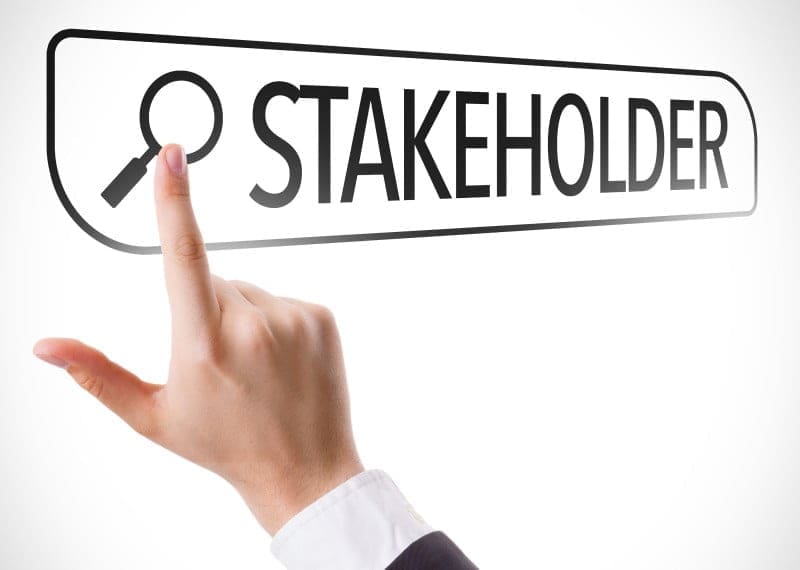An interview with Karen Ferris
This year’s itSMF Norway conference “Service Management with Superheroes of the World” has a host of well-known ITSM names in the lineup of workshop and session presenters.
Table of Contents
ToggleOne such name is Karen Ferris. Karen will be delivering both a workshop and a conference presentation at the April 12-14 event at the Clarion Hotel in Oslo.

I sat down and had a chat with Karen about her workshop, which is all about building an effective stakeholder communication plan for any ITSM improvement initiative.
It’s not rocket science!
Karen reminds us how we all talk about the fact that projects, improvement initiatives and the like fail due to poor communication. “It happens all the time and really, it is not rocket science, so why do we get it wrong so often?”
“Effective communication is critical to the success of any ITSM improvement initiative”. Karen’s workshop aims to equip participants with the tools and techniques that will allow them to both develop and deliver an effective stakeholder communication plan.
“The first thing we will be doing is exploring why communication is so important. We then also need to make sure that the participants can identify ALL of the stakeholders. These are all the people who will be touched by the improvements, everyone who will be impacted or who has a vested interest in the initiative”.
Prioritising your stakeholders
Karen will give the workshop attendees the tools they will need to prioritize those stakeholders. This is done according to power they hold in the organization and their interest in the initiative. “We also look at their position on the initiative – are they for it, are they opposing it, or do they just not care?”
Having that information will allow you to create a stakeholder map that will show which of the stakeholders will need more communication and engagement than others.
“One size does not fit all, if we just send out comms to everybody saying ‘this is what we are doing’ the message will not be right for some people”. The problem could lie in the message itself, it may just be wrong, or the frequency might be inappropriate. Perhaps the medium we use to communicate might be wrong.
Understanding your stakeholders
The stakeholder map allows you to look at each of the stakeholders and understand:
- What they need to know:
- What their expectations are
- What we expect of them in return
- How often we need to communicate
- What the message needs to be
- What medium we should use
- What our expectations of the stakeholder are
Understanding this will allow particpants to pull together, at the end of the workshop, a communication plan, identifying each of the stakeholders, how we approach each of them, the content of the communications and knowledge that will ensure that the right message is sent at the right time.
As Karen reminds us – “we all know that if we just get bombarded with information we will simply hit delete and lose all interest in the initiative”.
Tools to take away
The takeaways for the participants will be the tools and techniques they can use back in their own organizations to identify their stakeholders and their place in the initiative. They will have the ability to create a stakeholder map and they will be able to create a stakeholder plan using a template.
Participants will understand the message that each of the stakeholders needs to receive. They will know when and how these messages need to be delivered.
As Karen says, this is something that we all know we need to be better at executing. The tools she describes and demonstrates in this workshop will equip workshop participants with everything they need to communicate with and engage stakeholders effectively.
Watch out for the second part of this interview when we will find out what Karen will be talking about in her conference presentation.





